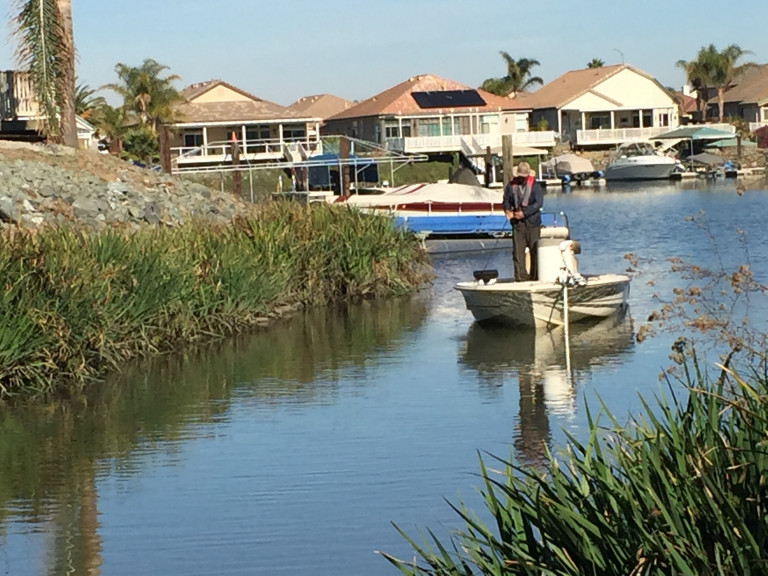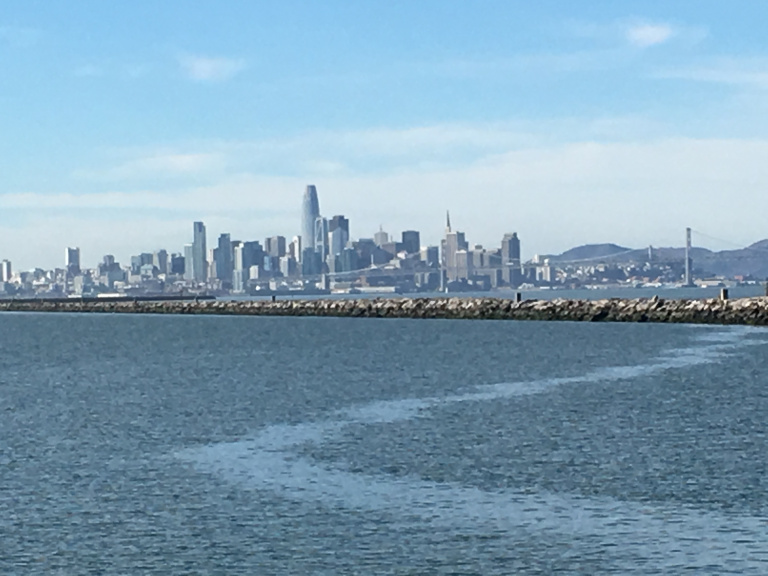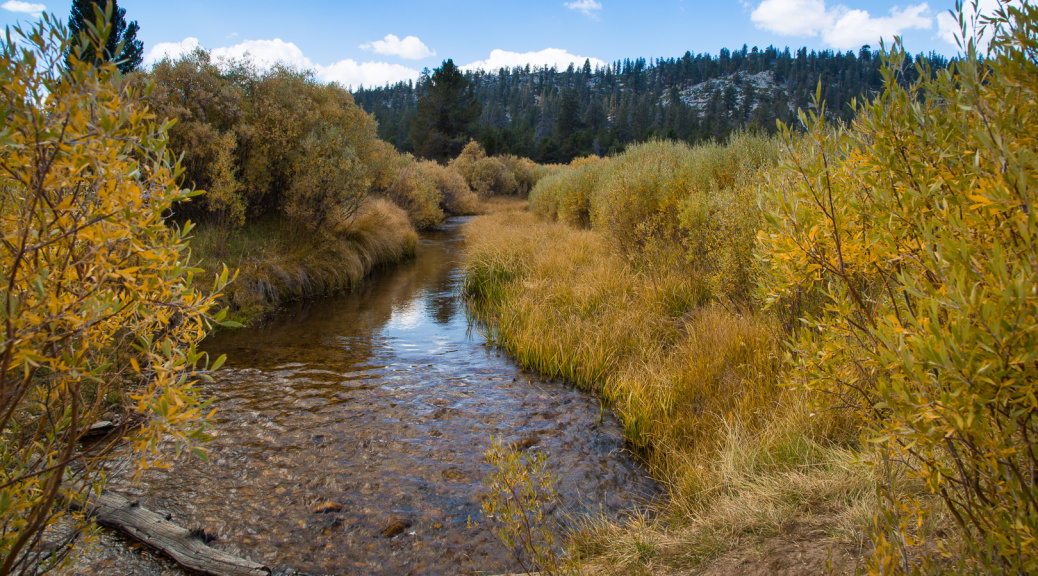Fish Report for 12-7-2017
What’s Up with All the Salmon in Kellogg Creek?

by Carrie Wilson
12-7-2017
Website
Question: In the 17 years I have lived and fished in Discovery Bay, I have never seen anything like the number of salmon being caught this year. I have caught 10 salmon over 20 pounds incidentally while fishing for stripers and largemouth bass as you can’t fish for salmon in this part of the Delta, and have observed seals catching an unbelievable amount of salmon. This has all occurred in Kellogg Creek in Contra Costa County. Are these salmon confused and doomed as there is no place for them to spawn? (David)
Answer: David, what you’ve been seeing in Kellogg Creek – and what many others have seen and reported to us at other small tributaries in the San Francisco Bay Area and the Delta this year – likely are the consequences of many factors in the past few years, including the prolonged drought, stream flows and water management in the Central Valley and adjustments in fisheries practices and salmon behavior that resulted from the drought. During the drought years, larger-than-normal numbers of juvenile Chinook salmon were trucked from Central Valley hatcheries and placed in net pens in San Pablo Bay to improve their survival upon release. Hatchery salmon smolts are released every year from San Pablo Bay net pens, but the drought necessitated higher numbers of salmon be delivered there in order to reduce mortality in the rivers from low flows, warmer temperatures and poor water quality as a result of the drought. Consequently, it is possible that some of these young salmon were not able to imprint on their native rivers as salmon do when they naturally make their way down their home waters out to sea.
Although the majority of these hatchery-raised salmon migrate back to their natal rivers with no problem, some may be returning to freshwater to spawn after years in the ocean and straying to the wrong river. As the California Department of Fish and Wildlife (CDFW) works to evaluate fish returning to Kellogg Creek and other tributaries, we will have a better idea of the origin of those salmon. A percentage of hatchery fish have their adipose fin clipped and a small coded tag inserted into their body. CDFW will look for these elements in returning fish to evaluate if the salmon were raised at any one of the state’s hatcheries.
Are they doomed? Pacific salmon die after they spawn. It is part of their natural life cycle. The salmon you see returning to freshwater throughout California to spawn are also in the process of dying, including those in Kellogg Creek. Spawning is the last act of their lives. Over many decades of fishery management, state and federal biologists have recovered carcasses from some of these wayward salmon containing coded-wire tags with their age and origin that have helped shed light on what is happening, which has influenced hatchery practices of the past and will continue to influence hatchery practices in the future.
Even if the salmon do not spawn successfully in Kellogg Creek, they recycle nutrients back into the freshwater upon their deaths. Their carcasses also provide a food source for many insects, birds and animals. The information about Kellogg Creek will be integrated into the broader evaluation of salmon returns to Bay and Central Valley rivers and creeks and to hatcheries. The health of salmon spawning in their natal creeks and rivers is critical to the future health of salmon populations. Evaluations of salmon returning to the hatcheries in the Central Valley is occurring now. Preliminary assessment shows below- average to above-average returns of fall-run Chinook salmon across the hatcheries. Overall, these returns should allow for collection of sufficient eggs and milt from returning fish to spawn another generation of hatchery salmon.
Hunting with Lead in a National Forest
Question: I was wondering if you can still hunt with lead .22 caliber rimfire or .17 HMR rimfire in a lead-free zone like Lassen National Forest or El Dorado National Forest. I’ve read that effective July 2017, you have to use nonlead shotgun ammunition, but can you still use lead ammunition to hunt for tree squirrels if you are not hunting on CDFW lands? Is the national forest a part of CDFW land? (Thong Yang)
Answer: You are still allowed to hunt tree squirrels with centerfire or rimfire lead ammunition in Lassen and El Dorado national forests, which are not CDFW lands. Beginning July 1, 2019, nonlead ammunition will be required when taking any animal statewide including private lands and all national forests (California Code of Regulations Title 14, section 250.1).
Collecting Abalone Shells
Question: When abalone diving, is it legal to collect the old shells of abalone that are on the ocean floor or on the beach? Also, how long do I need to keep the tags on my legally harvested shells after the meat of the abalone is consumed? (Grant Newnom)
Answer: Fish and wildlife laws generally don’t prohibit the collection of shells from the bottom of the ocean or on land. However, a specific diving area (for example, a county or state park) may have restrictions, so it’s a good idea to check local rules and regulations.
Remember that abalone tags “must be left affixed to the shell, including while stored at a residence or non-transient location, until the abalone is processed for immediate consumption.” (CCR Title 14, section 29.16(e)). And while collecting the shells is generally allowed, selling the shells is illegal.
Carrie Wilson is a marine environmental scientist with the California Department of Fish and Wildlife. While she cannot personally answer everyone’s questions, she will select a few to answer each week in this column. Please contact her at [email protected].
More Reports

11-30-2017
Question: My questions have to do with the Alameda rock wall located behind Encinal High School in Alameda (Alameda County). Is...... Read More

11-29-2017
Weekends — Guided Wildlife Tours at Gray Lodge Wildlife Area, 3207 Rutherford Road, Gridley (95948), 12:30 p.m. The 90-minute walking tour...... Read More

Website Hosting and Design provided by TECK.net